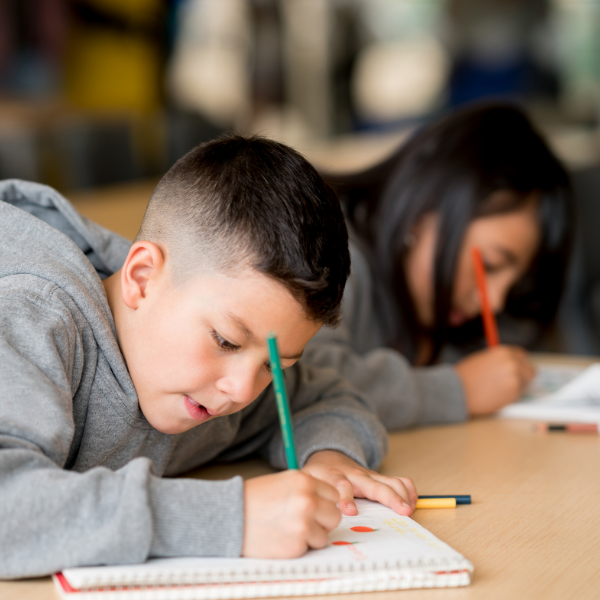“We just studied that lesson yesterday!”
“How many times do I have to repeat myself?”
“Can you please focus?”
These are just some of the words that frustrated parents utter when it comes to their children forgetting about things, especially those related to schoolwork. Can you remember how many times you’ve wanted to throw in the towel and give up?
Having a good memory is a useful tool in your child’s development. Good memory skills are helpful for your child to do better in school and perform tasks well. However, not everyone is gifted with a sharp memory. While your children are still young, it is best to provide them with proper guidance on how to enhance their memory. Below are some dos and don’ts to help boost your child’s memory:

Do’s
- Do employ visualization. Tell your child to paint a picture in his or her mind about what they have just read or heard. Encourage your child to make a movie in their mind, for example, after reading about historical events. Games that mix and match items can also improve visual memory so try to make use of them. Flashcards that have words or images can also help practice word meanings.
- Do take a multisensory approach. Try to utilize all the senses when learning something. For instance, when you want to teach your child about oranges, try not to stick to reading about oranges when there is a lot more to learn: your child can touch, smell, taste and even count the number of segments and seeds inside. By giving your child a chance to process information through sight, sound, touch, and movement, they can achieve better memory retention.
- Do add color. Our brain’s attention filter only lets in a small portion of the billions of pieces of sensory information available every second. Colour is something that gets through this filter especially well so we should take advantage of this. Make use of colored markers in highlighting important passages in a reading exercise. Use multi-colored stick-on notes to list questions before reading a textbook or to note key learning ideas. Color-coded schedules for study time can also reinforce good memory and organizational skills.
- Do make use of patterns. From learning the alphabet to sorting things into categories, helping your child recognize patterns is another way of boosting their memory. Since this strategy requires repetitive action, going through the drill of coding and categorizing information into patterns will vastly improve your child’s long-term memory.
- Do connect experiences. We should be able to draw from personal experiences to help our children create a stronger memory. When learning about different kinds of transportation, for example, you can talk about your latest holiday and the modes of transportation you took (e.g. car, plane, boat). This way, your child will associate fun memories with the lesson and have a higher probability of remembering it. It will also make your child feel that memorizing things can be fun!
- Do take supplements. It is very important what you feed your children. Good dietary supplements can help with your child’s brain development. Thinx-2 from Byherbs is an ideal supplement that helps stimulate healthy brain cells and encourage communication between them. It can assist students in Primary, Secondary, and Higher Education levels and is suitable for working adults and those who require lots of thinking energy in their daily work.
Don’ts
- Don’t overthink and overstress. The brain gets tired and will be unable to process information effectively if it is stressed and exhausted. After school, give your child some time to rest and de-stress. Establish enjoyable rituals such as freshening up, having some snacks or taking a little time to play and have meaningful conversations before study time. This way, their heads will be a little lighter, their memory bank refreshed, and they will have a mind to put their full attention into their lessons.
- Don’t discourage them from taking breaks. The brain also needs to replenish its supplies to be able to take in new information effectively. Taking brain-breaks after concentrating on lessons for a certain period is a must. Ten-minute breaks are suggested for primary school students while 15–20-minute breaks are recommended for secondary school students. Simple activities such as drinking water, standing, walking around, or doing basic stretches can revitalize your child’s brain and make it ready to receive and digest more information.
- Don’t forget to ask questions. Provide your child with the opportunity to supply you with the knowledge he or she has learned by asking them questions. Ask them to write summaries of what they have read, draw idea maps, or create bullet points of key information. Also encourage your child to ask you back about concepts not grasped yet. This will enable an open flow of communication that will lead to better comprehension and problem-solving skills.
Incorporating these exercises and habits into daily life will certainly aid in boosting your child’s memory. Making time to study and learn things together in a fun way will certainly create a positive environment for your little one. With your gentle support and encouragement, your child will be more open to discovering new things that will stay in their memory for a long time.


